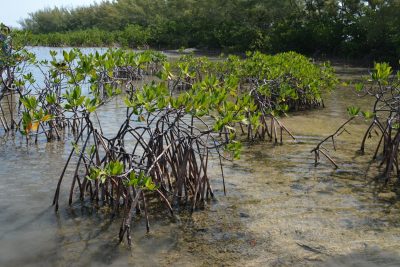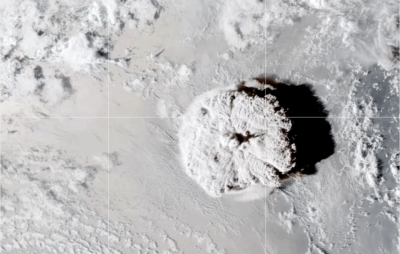
How Mangroves and Coral Reefs Are Our Allies in Tsunami Damage Mitigation
According to the World Health Organization, over 700 million people in low-lying coastal areas and Small Island Developing States are exposed to extreme sea-level events, including tsunamis. While improving infrastructure and early warning systems are essential steps to prevent the

